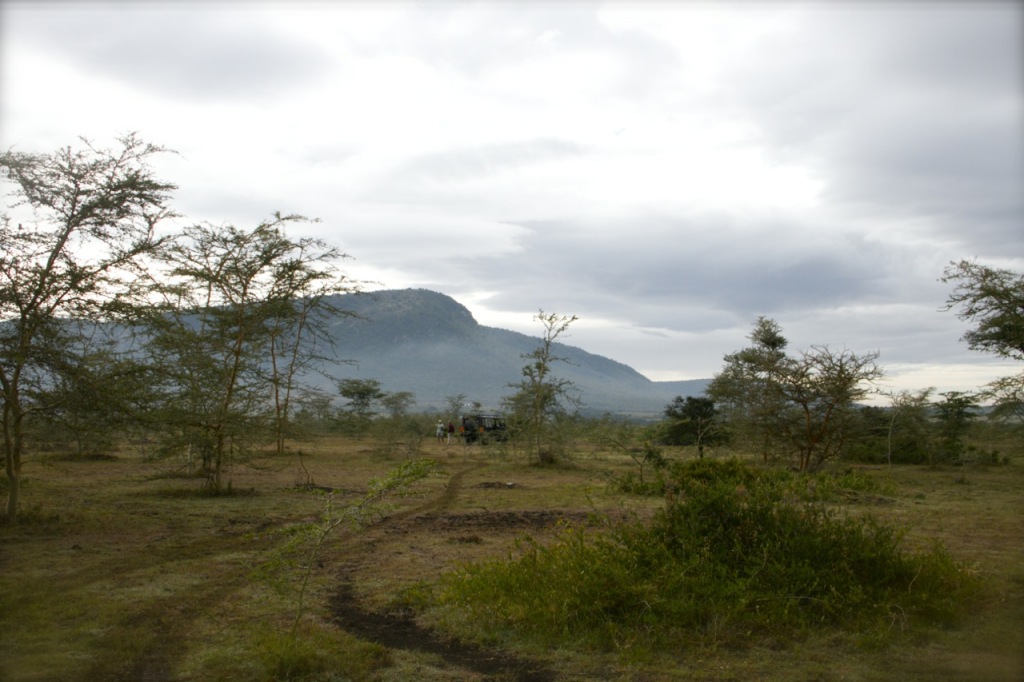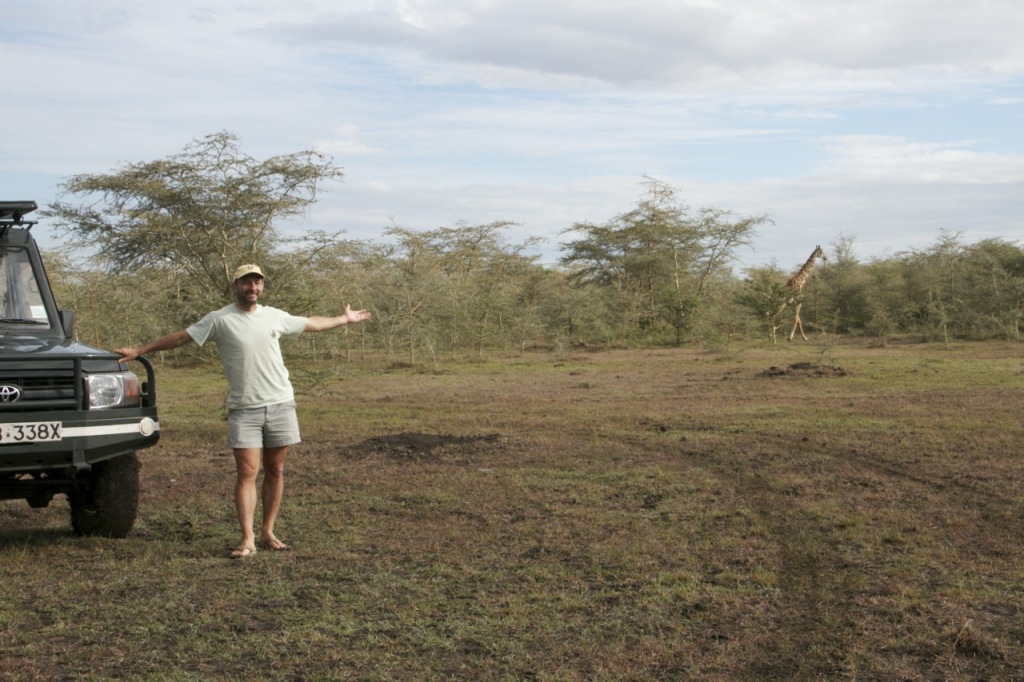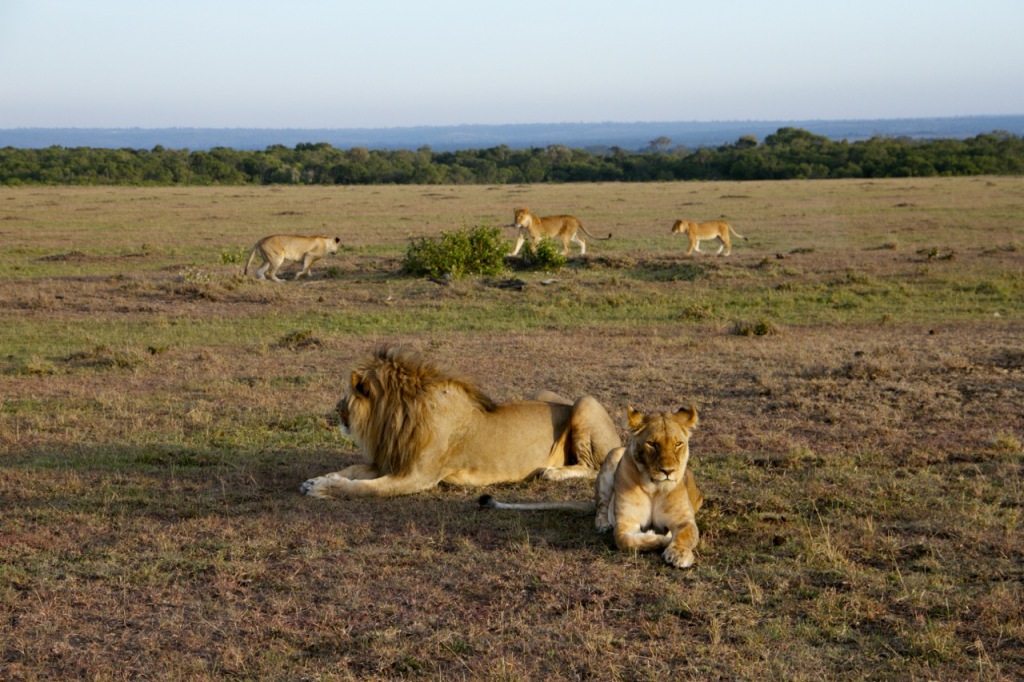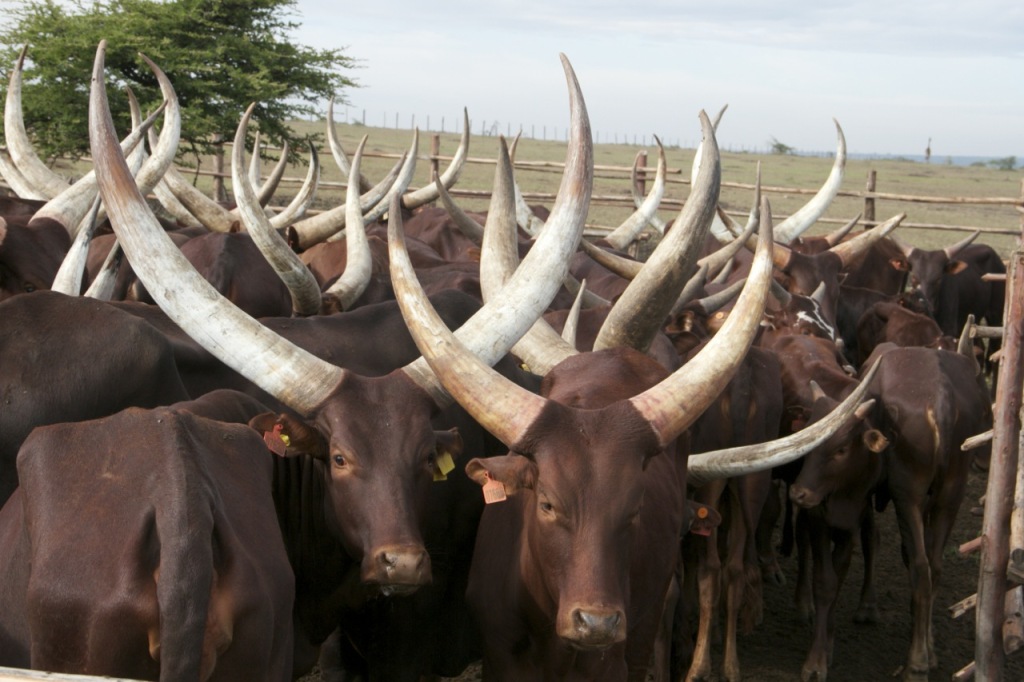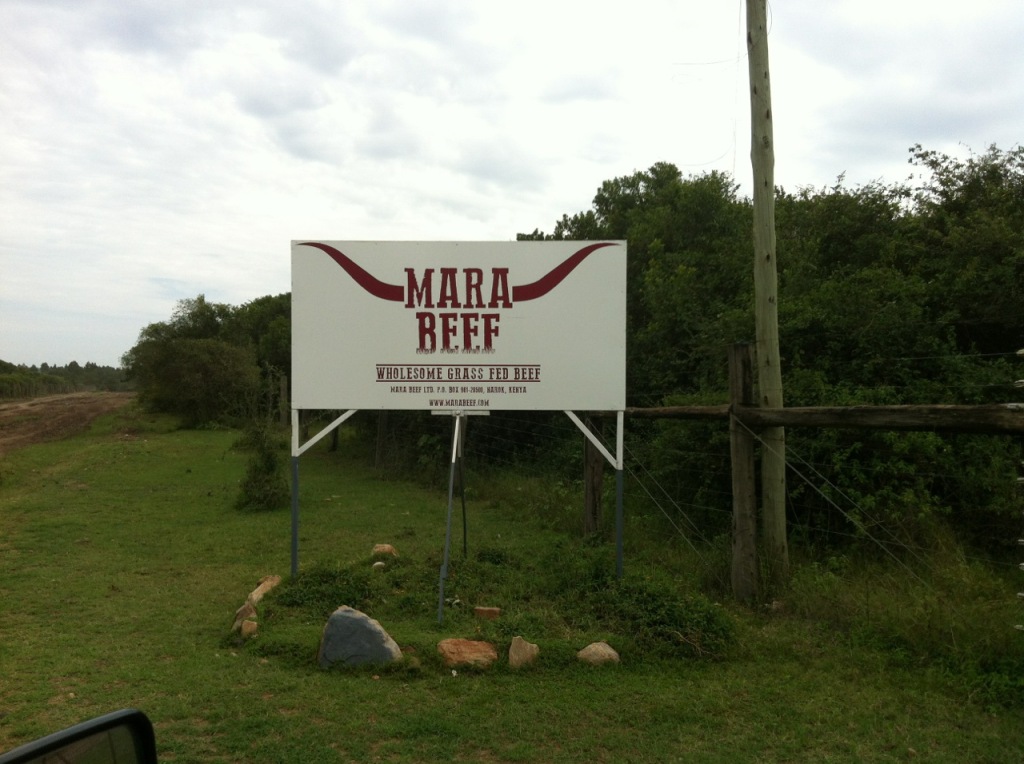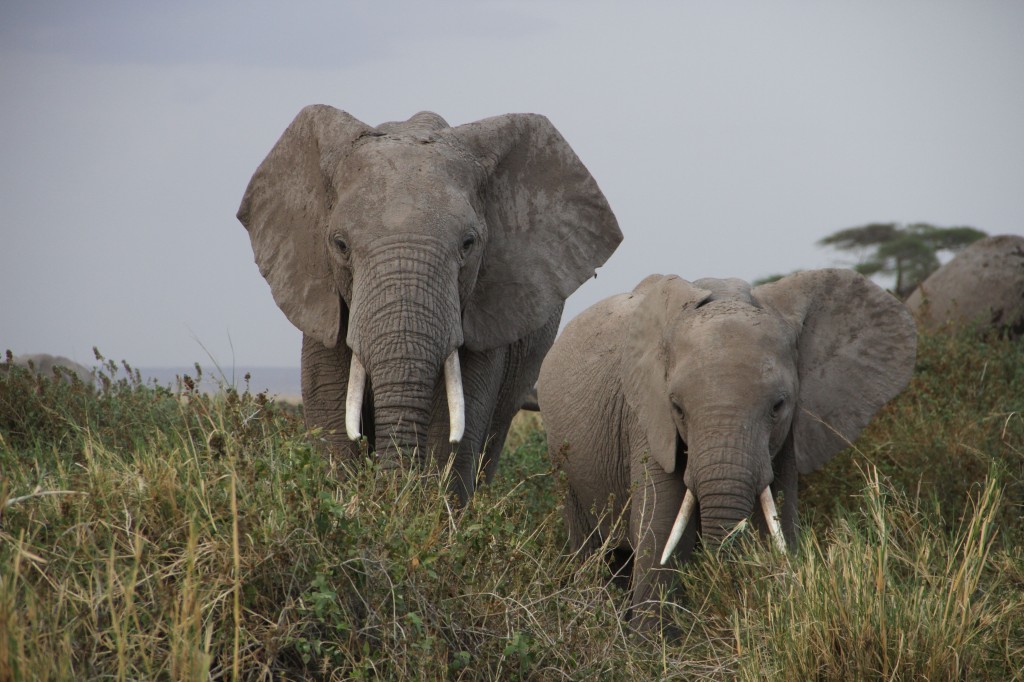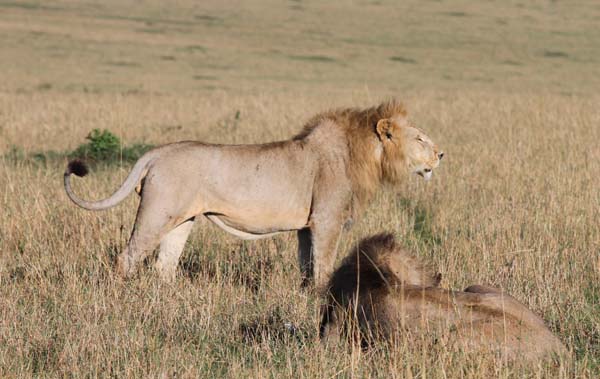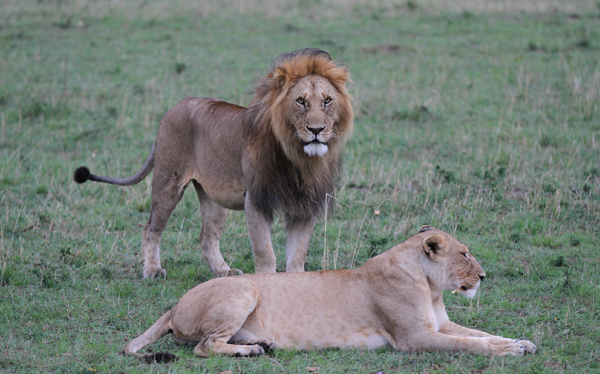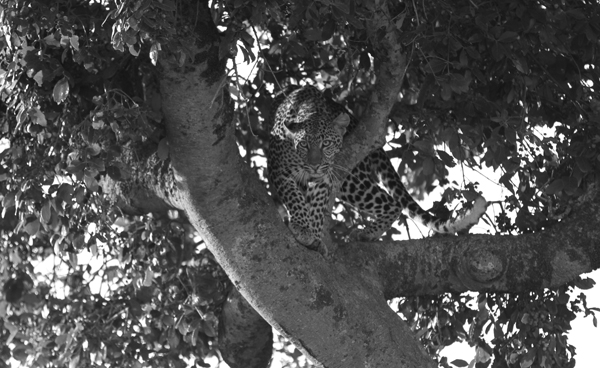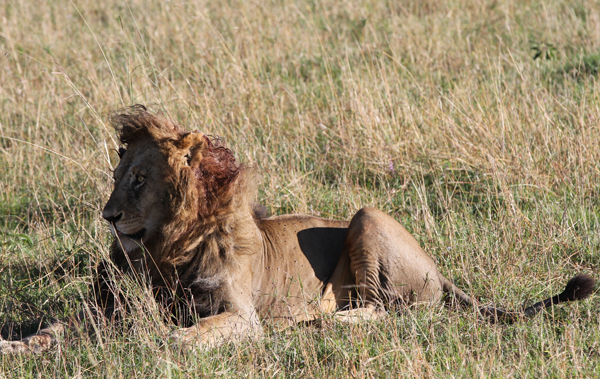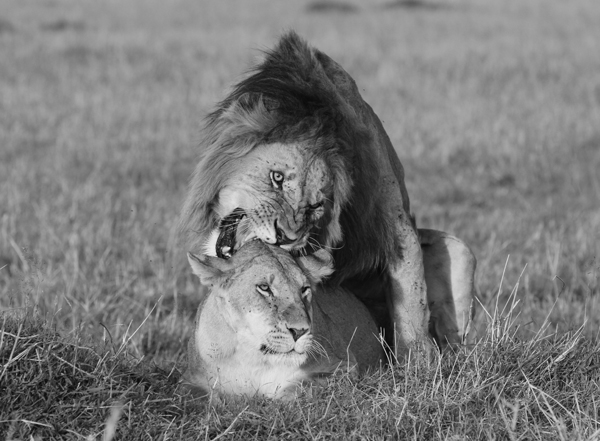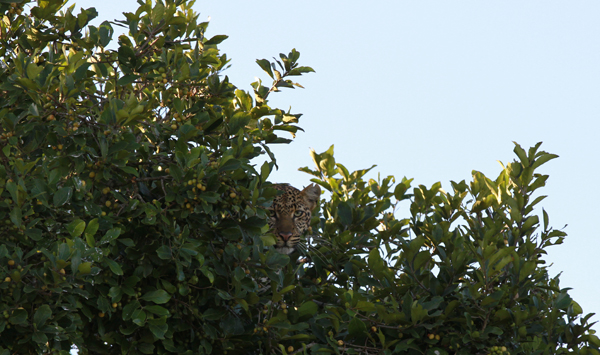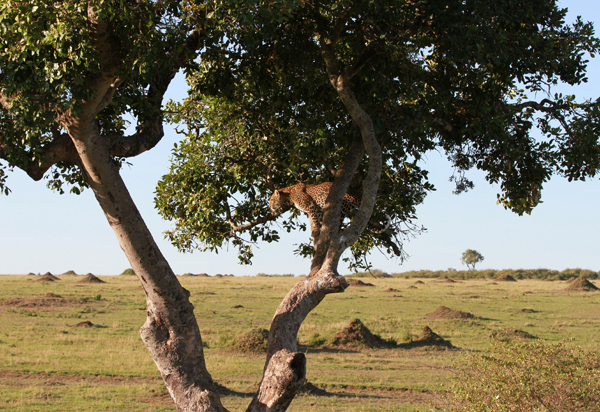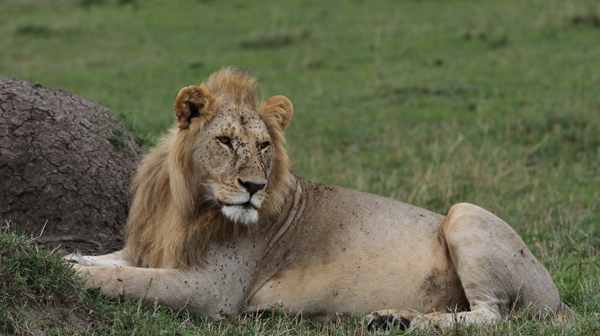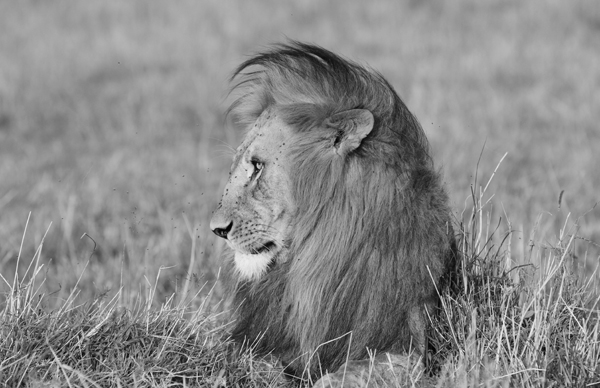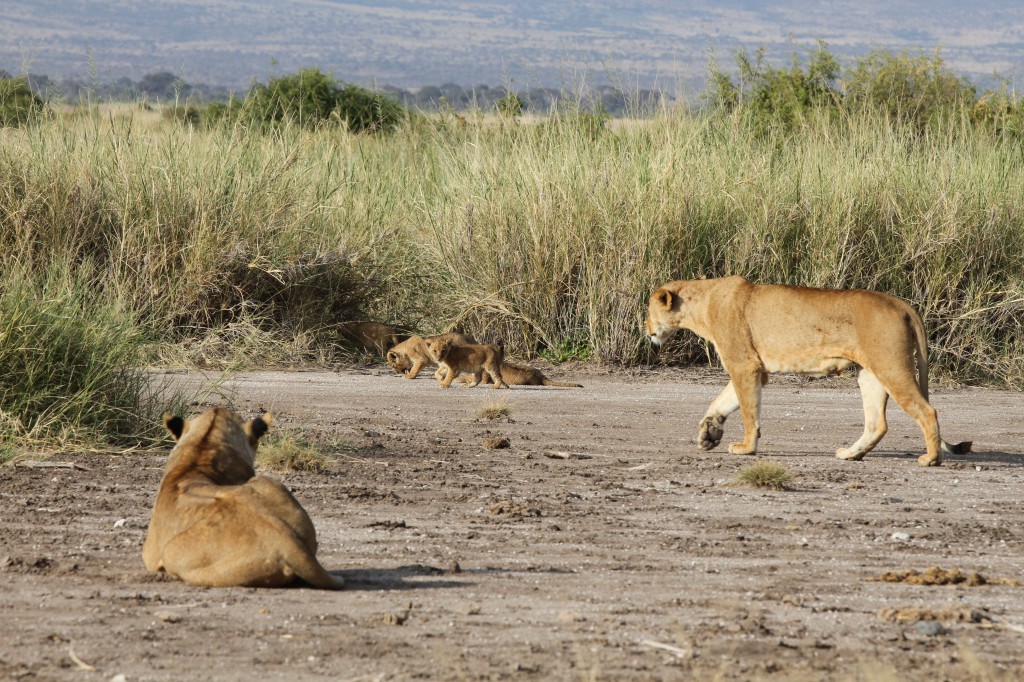….to the Mara!!!
Steph and I have just bought 5 acres of land at the northernmost tip of the Mara-Serengeti ecosystem. We plan to build our house in 2015, and we will soon be part of the Enonkishu Conservancy!
We are incredibly excited about this, as we will not only be living in the Mara but will also be helping with an important experiment for the region – determining whether diversification of local livelihoods and a holistic grazing management scheme can improve the lives of the local community AND protect biodiversity, including the guild of large carnivores found there – lions, leopards, spotted hyenas, striped hyenas, cheetahs, and African wild dogs.
“Enonkishu” is Maasai for “healthy cattle,” and the folks behind the conservancy have built the first slaughter house in the area, with the goal of improving livestock husbandry and introducing a new market to the local Maasai community – a market for healthy, grass-fed beef! On the ecological side of things, we hope to participate by applying our skill sets in new ways to measure the effects of the scheme on habitat and wildlife, and to help introduce new kinds of tourism.
We recently spent the weekend at Enonkishu and had Omondi, a big bull elephant, wade through the Mara River to access the area – including our own plot! Each time we visit we find a couple of giraffes eating the Balanites trees that mark the center of the plot and the front of our future house. There are at least three lion prides utilizing the conservancy; Steph and local guide Moses have already started identifying individuals in one of the prides, including the magnificent resident male of the Lemek Pride, who they named “Leteipa,” Maasai for “dusky.”
Building a house in the Mara, on and in thick black cotton soil, will certainly be a challenge, but we are so looking forward to working with Andy Melesi to design and build something special ‘on the ranch.’ Ollie is already picking out an Ankole calf and Halina is dreaming of her own pony…. And Steph is particularly happy to be returning to her hyenas and her original home in Kenya.
Stay tuned for updates in 2015!


